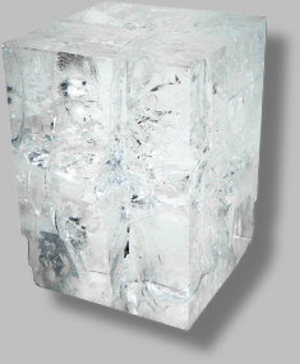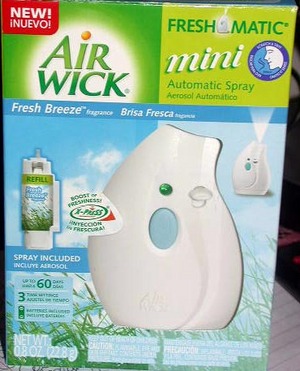If your winter has been as tough as the one in Colorado this year, you are dealing with lots of snow and ice. Ice is dangerous to walk and drive on, damages roadways, and can be difficult to get rid of. Ice can be prevented to a degree, but in the end, you still need to find ways to remove it. Take a look at these tips and products on how to remove ice from driveways and walkways.
Preparation
According to Danny Lipford, host of “Today’s Homeowner”, you should prepare for winter storms by marking your driveway and walkways with wooden stakes or commercially produced driveway markers. He recommends stakes that are at least three feet long. This way you’ll know where your yard begins, which is helpful in reducing vegetation damage from de-icing agents used to remove ice from driveways and walkways. (cbsnews.com)
Prevention
To prevent hard ice from forming and to remove snow and ice more easily, try a product called “Bare Ground”. According to their website, “Bare Ground” can be used prior to a snow storm as an “anti-snow agent” and should be applied 1 ½ to 2 hours before the storm hits. This will reduce snow accumulation thereby decreasing potential ice formation. One gallon of liquid product treats 1,000 square feet, and one application can last up to two weeks.
Bare Ground” is a natural and environmentally safe product made of grain, such as corn, and magnesium chloride and is effective to 20 below zero. Do not use above 35 degrees, as it will cause a slippery surface. Danny Lipford also recommends this ice removal product.
Other preventative measures include shoveling snow before it has a chance to become compacted, either through melting and refreezing or from vehicles, and placing heavy plastic over small areas before a winter storm. You can then decrease use of chemical products that remove ice from driveways and walkways.
Products to remove ice
Sand. While sand is commonly used under icy conditions, it does not actually melt ice. Sand only provides traction.
Rock salt; also known as Sodium Chloride. Rock salt is perhaps the most well known product for removing ice. It is inexpensive, readily available, and works down to 5 degrees Fahrenheit. However, it is harmful to plants and can damage metal and concrete, especially newly poured concrete. Most cities have decreased or eliminated the use of rock salt on highways.
CMA or Calcium Magnesium Acetate. This ice removal product has low toxicity and is considered to be safe for concrete, metal and plants. It will work below zero degrees, but is slower than other products in melting and removing ice. It is also be one of the more expensive ice removal products.
Potassium Chloride. The lowest temperature this ice removal product works is 12 degrees Fahrenheit. It is less damaging to plants and old concrete, but it is considered less effective in removing ice.
Calcium Chloride. This ice removal product is fast acting and effective down to 25 degrees below zero. It can also cause damage to vegetation, metal and concrete, especially newly poured concrete. In addition, it tends to leave an oily residue.
Magnesium chloride. One of the better-known ice removal products, magnesium chloride melts ice quickly and is effective down to 25 degrees below zero. If used as directed, it will not harm vegetation nor cause damage to concrete and metal. Like calcium chloride, it can leave an oily residue.
More information about ice removal products
According to www.cargillsalt.com, “it must be remembered that all ice melting agents work by reducing the freezing point of water. This can result in more frequent freeze-thaw cycling of the melted snow and ice”, causing damage to concrete.
They recommend you do not use chemical ice removal products on concrete less than one year old, improperly cured or porous concrete, wood, or brick. To further reduce potential damage, remove slush as soon as possible.
If you have money to spare
One way to stop ice from forming in the first place is to install a radiant heat system under driveways and walkways. Because no chemicals are used, there is no damage to landscaping or concrete. And you will never again have to manually remove ice from driveways and walkways. If you live in an area with constant snow and ice, it may be worth the financial investment to install a radiant heat system under your driveway and walkways.
This year, take preventative measures to stop or decrease ice formation on driveways and walkways. Once ice has formed, however, there are several products to remove ice from driveways and walkways. Use this guide to make the best ice removal product choice for your situation.
Other sources: wikipedia.com, forester.net, mymotherlode.com, www.agnr.umd.edu








